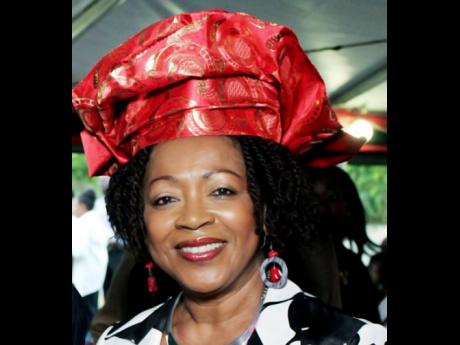Great houses were places of torture, rape and enslavement - Prof Shepherd
Western Bureau:
Professor Verene Shepherd of the University of the West Indies, Mona, and chairperson of the National Commission on Reparation, has charged that great houses, many of which now serve as attractions, were used by enslavers to torture, rape and enslave our ancestors.
"I don't see anything great about them. They were spaces of torture and rape of our ancestors," said Shepherd while speaking at the recent unveiling of the refurbished freedom monument in St James.
"So, when you are going to talk about Rose Hall Great House and whichever other great houses, think about that."
Shepherd further argued that women were the backbone of the plantation gangs, and were overwhelmingly placed in the spaces that we now called great houses.
"It is fitting that on this [freedom] monument are the names of the anti-slavery women like Catherine Brown, Esta Comba and Christina James of Cast Gate Pen, along with James Whittingham, because traditional sources painted women as domestics [who were] more likely to collaborate with enslavers," Shepherd noted.
PRESERVATION SITES
The professor said that this stereotype of enslaved women had long been corrected by American slaveman Frederick Douglass from whose writings she quoted: "When the true history of the anti-slavery cause shall be written, women will occupy a large space in its pages for the cause of slave has been peculiarly women's cause."
Approximately 30 great houses or plantation houses, which represented the seat of authority on an estate, are strategically placed across the island. Many are being preserved by the Jamaica National Heritage Trust, and many of them are used as attractions in the tourism sector.
The freedom monument in St James has the names of more than 600 slaves who, after the 1831 emancipation war, were court-martialed, tried in the civil court, and then executed.
- Albert Ferguson

